Fractions Greater Than or Less Than 1/2 -> time
Understanding Time
Time is a fundamental concept in our everyday lives. It helps us organize and schedule events, measure durations, and understand the sequence of events. In mathematics, we use time to solve problems involving elapsed time, telling time, and understanding the relationship between units of time.
Telling Time
When telling time, we use two types of units: hours and minutes. A clock has two hands: the shorter hand represents the hour and the longer hand represents the minutes. The numbers on the clock face represent the hours, while the minutes are counted in increments of 5 between the numbers. For example, if the minute hand is pointing at the 6 and the hour hand is pointing at the 2, it is 6:10.
Elapsed Time
Elapsed time is the amount of time that has passed between two given times. To calculate elapsed time, we need to find the difference between the starting time and the ending time. This involves subtracting the earlier time from the later time. It's important to remember to regroup or borrow when necessary, just like in subtraction with numbers.
Units of Time
There are various units of time such as seconds, minutes, hours, days, weeks, months, and years. Understanding the relationship between these units is important for solving time-related problems. For example, 1 hour is equal to 60 minutes, 1 day is equal to 24 hours, and 1 week is equal to 7 days.
By understanding time, we can effectively manage our schedules, solve real-world problems, and make sense of the world around us.
[Time] Related Worksheets and Study Guides:
.◂Math Worksheets and Study Guides Second Grade. Fractions Greater Than or Less Than 1/2
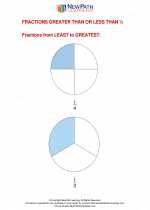
 Worksheet/Answer key
Worksheet/Answer key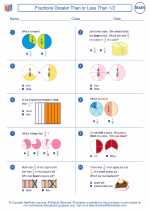
 Worksheet/Answer key
Worksheet/Answer key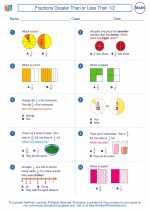
 Worksheet/Answer key
Worksheet/Answer key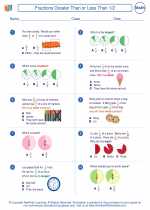
 Worksheet/Answer key
Worksheet/Answer key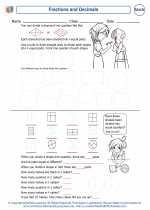
 Worksheet/Answer key
Worksheet/Answer key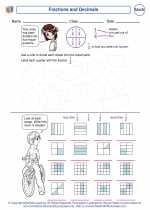
 Vocabulary/Answer key
Vocabulary/Answer key
